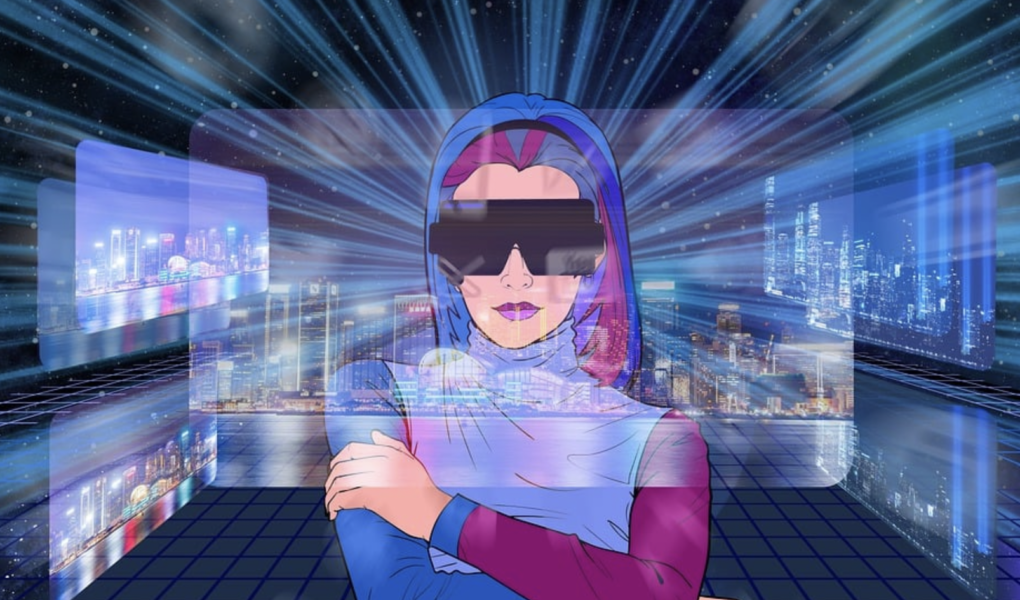In October 2021, tech mogul Mark Zuckerberg announced that his company would change its name from Facebook to Meta and that this would be the dawn of the metaverse. The company had already been a major player in the virtual reality (VR) industry ever since it purchased Oculus in 2014, and Zuckerberg believed that he could lead humanity into a brave new digital world.
People could work, socialize, travel, go to school, and have fun in this metaverse, and it initially seemed like a very promising idea. The metaverse would be a natural extension to Facebook and Instagram, Meta’s two popular social media platforms. Internet users would be more deeply immersed into the metaverse compared to traditional social media platforms.
However, within a year, it became apparent that the metaverse was less workable than it previously seemed. The pace of progress was slow, and the metaverse division of Meta was losing billions of dollars every year. Tech journalists and industry experts began to believe that the metaverse was a dead end and that a lifelike virtual universe was not going to materialize any time soon.
What is the Metaverse?
The term “metaverse” refers to a broad range of virtual reality (VR) technologies that involve a fully immersive digital universe as well as augmented reality (AR) technologies that combine the digital and physical worlds. Even digital worlds that do not require VR or AR technologies can be referred to as existing within the metaverse. For example, Minecraft is a video game that can be played without any VR or AR technologies, but it can still be described as a part of the metaverse.
A metaverse can be any digital reality where people engage in everyday activities such as work, travel, shopping, and recreation. For example, in a Minecraft world, people can work to harvest and craft items, travel across the land and the seas, exchange goods with villagers, and have fun exploring the many biomes within the video game.
The company Meta envisioned a metaverse existing in VR. Every day, people would put on their VR headsets and enter a virtual world where they can live their own digital lives. Meta viewed this metaverse as an extension to their current social media platforms of Facebook, Instagram, and WhatsApp. Like traditional social media platforms, the metaverse would have ample opportunities for online social interactions.
However, the metaverse would be far more immersive than any previous social media platform. People would be able to live their digital lives in seemingly realistic virtual worlds, allowing for a much more lifelike experience on the internet.
While VR gaming is the first thing that comes to mind for many people who imagine the metaverse, other activities would also take place in such a hypothetical digital world. Engineers and architects would have the chance to test their own devices and structures in VR before releasing them to the market. Retail stores would allow shoppers to try out their products virtually before the shoppers make a purchase. Sports fans would cheer on their favorite teams while watching the next game in a 360-degree AR format. Artists and musicians would entertain audiences with immersive VR galleries and concerts.
Ahead of its Time?
When Zuckerberg announced the beginning of the metaverse in October 2021, Meta’s VR prospects seemed bright. The company appeared poised to launch a new era of VR-based gaming, socializing, recreation, and perhaps even work and education.
In December 2021, Meta seemed to reach an early milestone in the development of the metaverse with the release of Horizon Worlds, a VR video game accessible with a Meta Quest headset. Meta emphasized that this game would focus largely on online social engagement and user-generated content.
However, by the end of 2022, it became obvious that Meta’s metaverse was going nowhere. Reality Labs, the division within Meta that makes the Quest headsets, incurred a loss of about $13.7 billion that year. The financial fallout from the metaverse-related losses was so severe that Meta laid off about 11,000 workers in November 2022.
The uncertainty surrounding the exact nature of the metaverse is one possible reason for the slowdown in the metaverse’s development. In early 2022, the terms “Web3” and “Web 3.0” were used to describe a hypothetical decentralized internet built on blockchain and cryptocurrency. Tech industry experts envisioned a blockchain-based metaverse where VR interactions would occur on a decentralized network of servers. Investors and entrepreneurs feared the possibility that large tech corporations like Meta would control the metaverse, so they became hesitant to try to make business ventures related to Meta’s metaverse.
Many customers have also remained skeptical about Zuckerberg’s vision for a VR-powered world, viewing it as too futuristic and unrealistic. Meta Quest headsets cost about $400 (or $1,000 for people who prefer the Pro version), and customers often do not want to pay such a price for a crude or rudimentary VR experience.
The Future of the Metaverse
Despite these early headwinds, the metaverse will most likely continue to develop and become a more important aspect of everyday life. As digital technology develops, the internet will slowly become more immersive, but this will be a gradual rather abrupt sudden process. People were simply not ready to suddenly hop into Meta’s virtual reality world given the crudeness and limitations of present-day VR technology.
The recent entrance of Apple into the VR headset with the release of the Vision Pro headset will be a game-changer for the metaverse. Although the price of such a headset is currently a hefty $3,500, it will likely become more affordable in the near future, allowing countless internet users to enjoy movies, games, and sports immersively and in 3D.
In addition to Meta and Apple, other tech companies like Nvidia, Sony, and Microsoft see the metaverse as a promising opportunity and have begun to develop their own metaverse technologies. While virtual and augmented reality have not yet become all-encompassing aspects of everyday life, there is reason to believe that in the near future, people will gradually become more immersed within a new layer of digital reality. People will be able to put on a VR headset and then perform activities such as taking virtual tours to places halfway across the world or buying online items in virtual stores.




